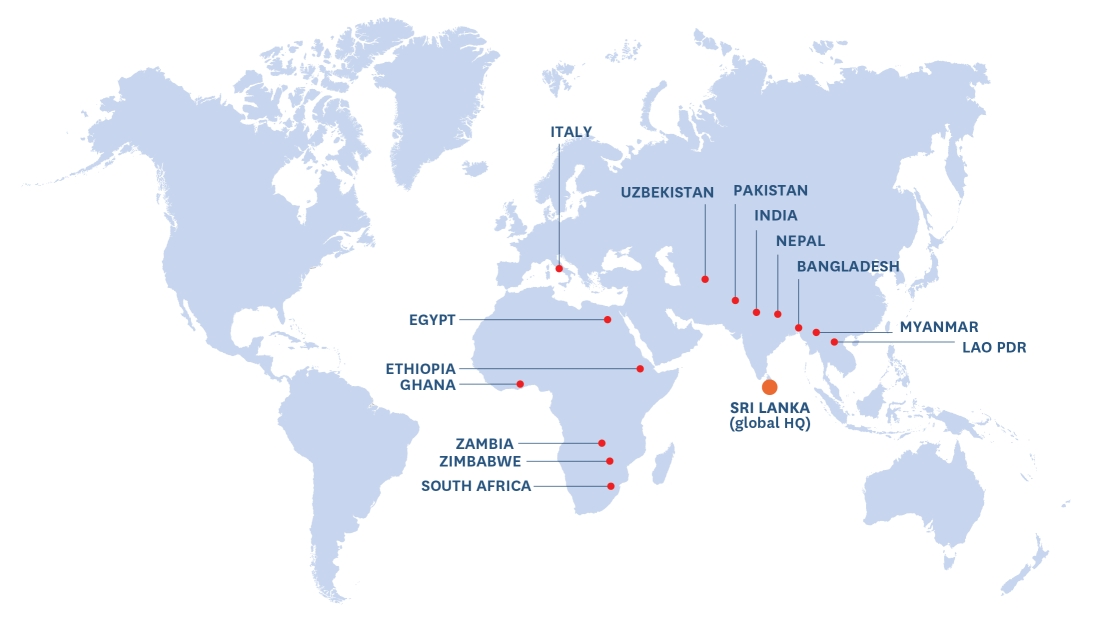
Where We Work
Explore IWMI’s regional and country pages which host information on projects, publications and data which are specific to the region.
Explore IWMI’s regional and country pages which host information on projects, publications and data which are specific to the region.
